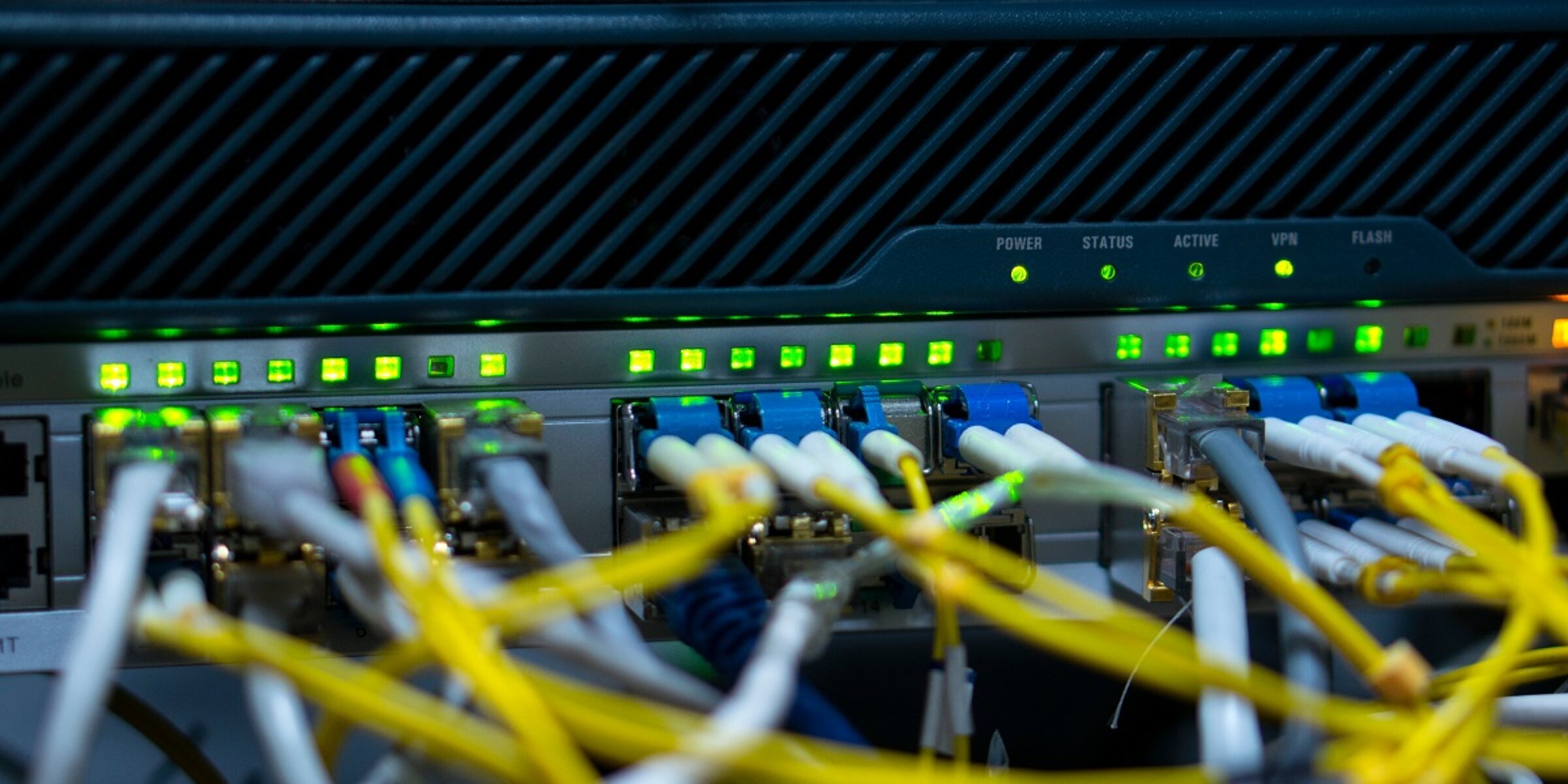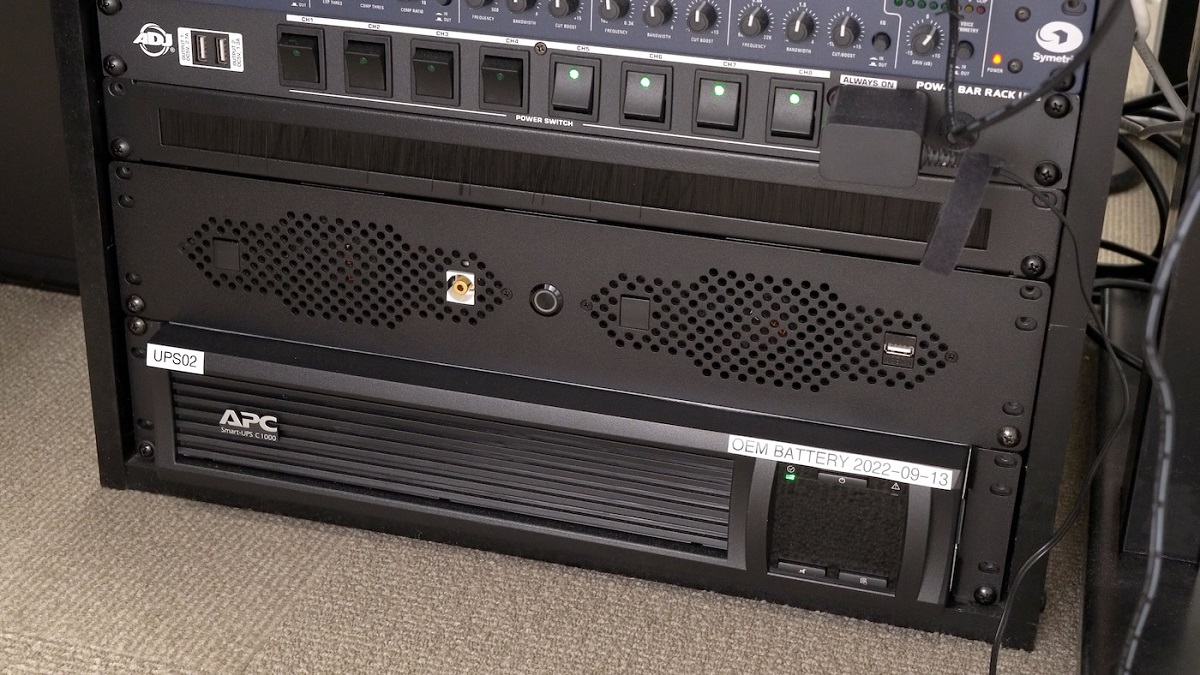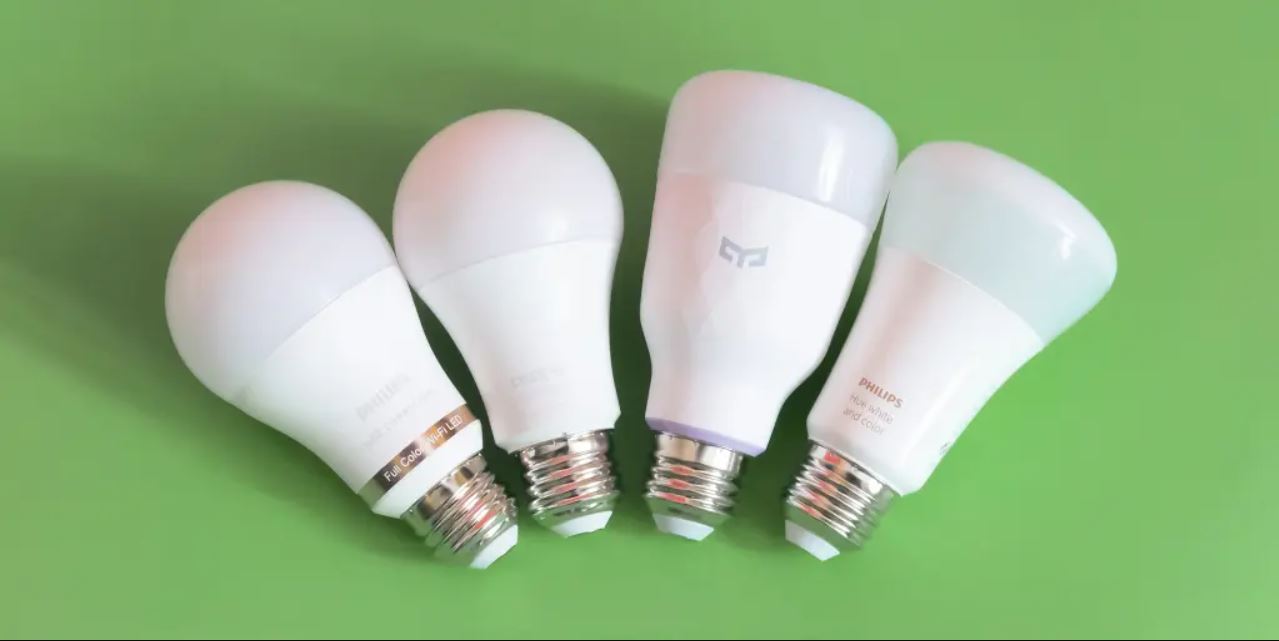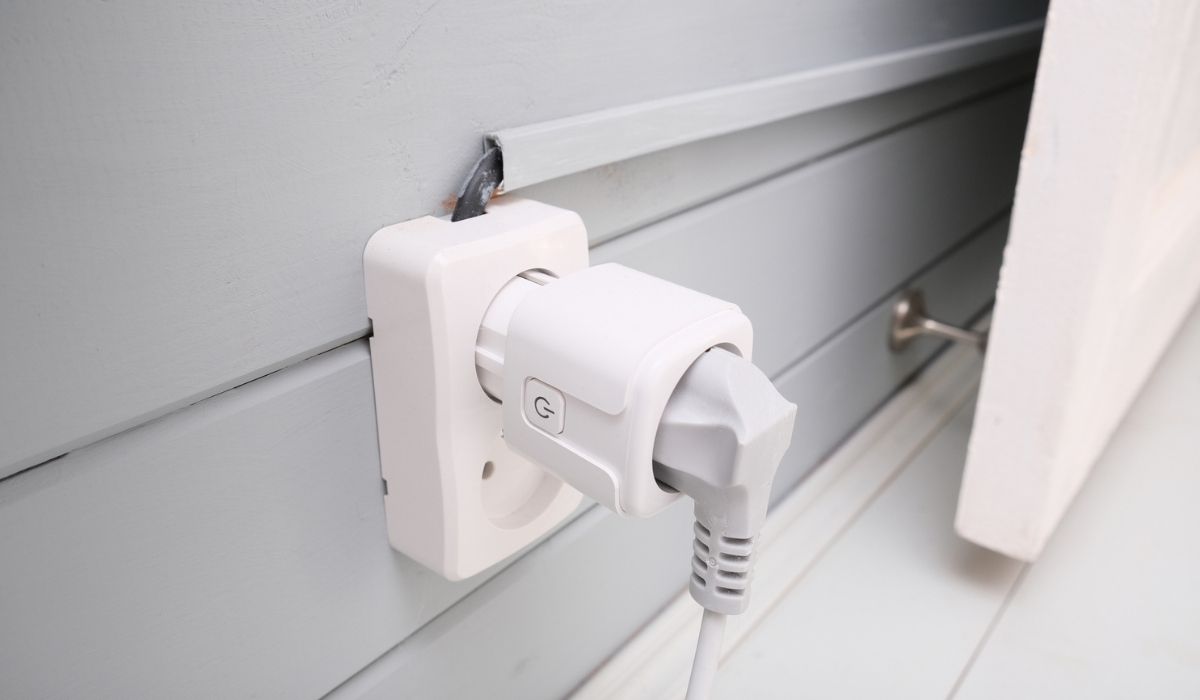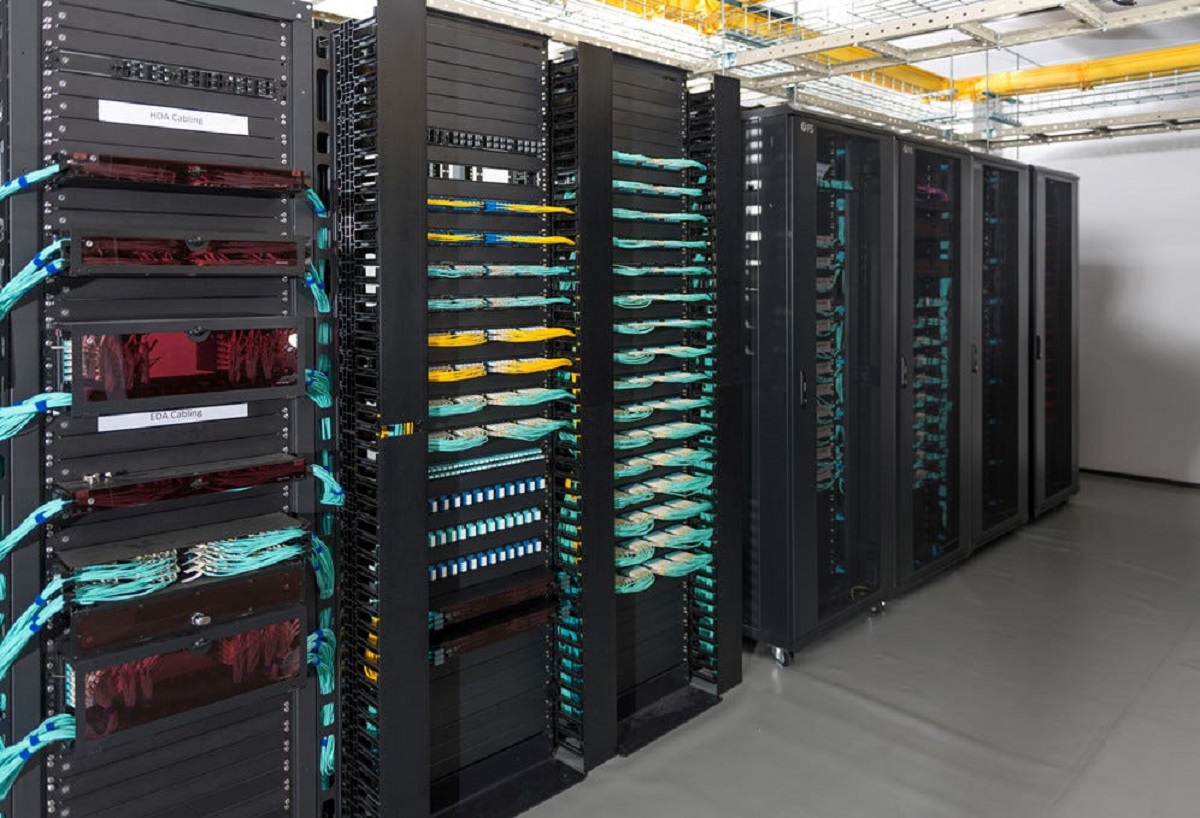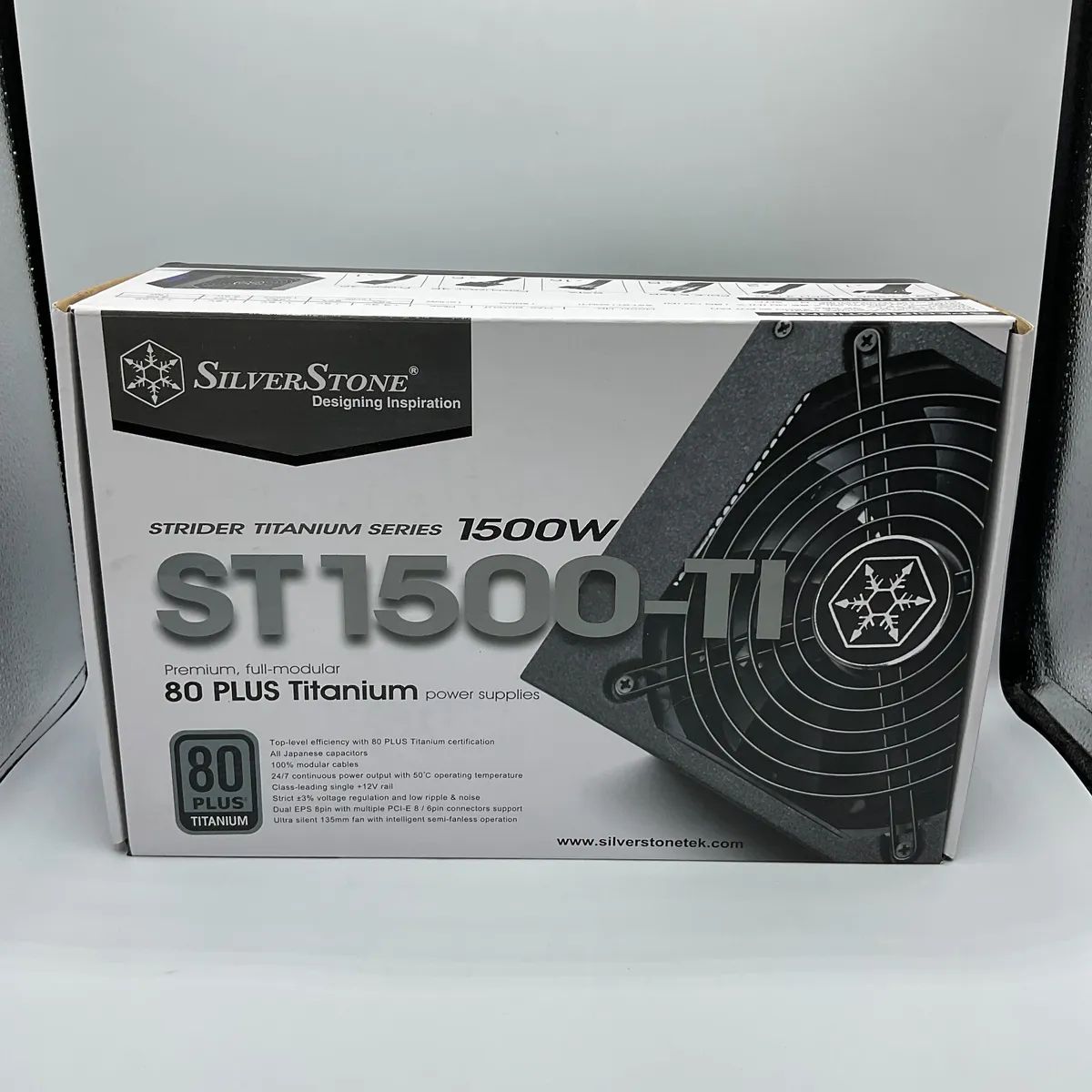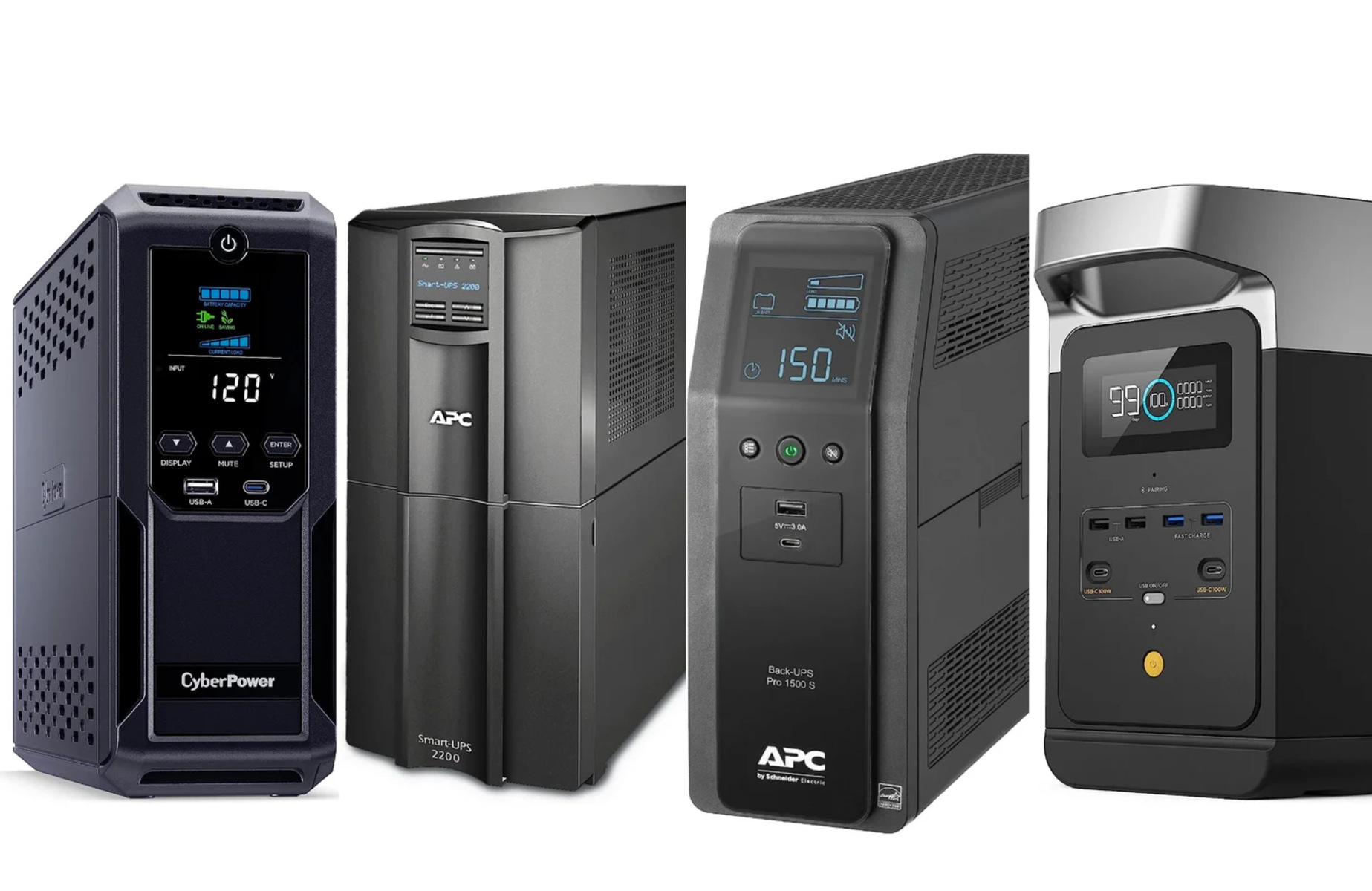Introduction
In the digital age, network switches serve as the backbone of modern communication infrastructures, enabling the seamless transmission of data across various devices. As businesses and individuals increasingly rely on interconnected systems, understanding the power consumption of network switches has become paramount. This article delves into the intricacies of network switch wattage, shedding light on the factors influencing power usage and exploring energy-efficient alternatives.
Network switches play a pivotal role in directing data traffic within local area networks (LANs) and wide area networks (WANs). These devices facilitate the transfer of data packets from the source to the destination, ensuring efficient and secure communication. However, the operation of network switches is intricately tied to power consumption, prompting the need for a comprehensive analysis of their wattage requirements.
By examining the power consumption of network switches, businesses and individuals can make informed decisions regarding their networking infrastructure. Whether it's for a small office setup or a large enterprise network, understanding the energy needs of network switches is crucial for optimizing efficiency and minimizing operational costs. This article aims to demystify the wattage considerations associated with network switches, providing valuable insights for both IT professionals and enthusiasts alike.
As we delve deeper into the realm of network switch power consumption, it becomes evident that various factors contribute to the overall wattage usage. From the type of switch and its port density to the networking environment and utilization patterns, numerous variables influence the power requirements of these essential networking components. By unraveling these intricacies, readers will gain a holistic understanding of network switch wattage, empowering them to make informed choices that align with their specific networking needs.
In the subsequent sections, we will explore the nuances of network switches, dissect the factors impacting their power consumption, delve into the average wattage usage of different switch categories, and highlight energy-efficient options for minimizing power overhead. By delving into these aspects, readers will emerge with a comprehensive understanding of network switch wattage, equipped to navigate the evolving landscape of networking technologies with prudence and foresight.
Understanding Network Switches
Network switches, often referred to simply as switches, are integral components of modern networking infrastructures. These devices facilitate the seamless transfer of data packets within a network, directing information from the source to the intended destination. Unlike hubs, which indiscriminately broadcast data to all connected devices, switches intelligently route data only to the appropriate recipient, enhancing network efficiency and security.
At their core, network switches operate at the data link layer (Layer 2) of the OSI model, where they utilize MAC addresses to forward data frames to the correct ports. This fundamental functionality enables switches to efficiently manage network traffic, segmenting the network into smaller collision domains and effectively reducing congestion. As a result, switches play a pivotal role in optimizing network performance and ensuring reliable data transmission.
Furthermore, network switches come in various configurations, catering to diverse networking requirements. Unmanaged switches, suitable for small-scale deployments, operate without user intervention, making them ideal for basic connectivity needs. On the other hand, managed switches offer advanced features such as VLAN support, quality of service (QoS) capabilities, and remote management, providing greater control and customization options for complex network environments.
Understanding the different types of network switches is crucial for tailoring networking solutions to specific demands. From gigabit switches designed to accommodate high-speed data transfer to Power over Ethernet (PoE) switches capable of delivering power to connected devices, the versatility of network switches underscores their indispensability in modern connectivity ecosystems.
Moreover, the port density of network switches, ranging from 5 ports for small office setups to 48 or more ports for enterprise-grade deployments, underscores the scalability and adaptability of these networking devices. Whether it’s for creating a robust home network or establishing a resilient corporate infrastructure, the flexibility and diversity of network switches make them indispensable tools for fostering seamless communication and data exchange.
As we unravel the intricacies of network switches, it becomes evident that these devices form the cornerstone of modern networking architectures, enabling the efficient and secure transfer of data across interconnected systems. By comprehending the functionality, types, and scalability options of network switches, individuals and organizations can make informed decisions when configuring their networking setups, ensuring optimal performance and reliability.
Factors Affecting Power Consumption
The power consumption of network switches is influenced by a myriad of factors, each playing a significant role in determining the overall energy requirements of these essential networking devices. Understanding these factors is crucial for optimizing power usage and minimizing operational costs. Let’s delve into the key determinants that impact the power consumption of network switches:
- Port Density: The number of ports on a network switch directly influences its power consumption. Switches with a higher port density typically require more power to operate, especially when all ports are utilized simultaneously. As such, larger switches designed for enterprise environments may have higher wattage specifications compared to their smaller counterparts.
- Networking Environment: The environmental conditions in which network switches operate can impact their power consumption. Factors such as temperature, humidity, and ventilation play a crucial role in determining the efficiency of switch operation. Inadequate ventilation or elevated ambient temperatures can lead to increased power usage as switches work harder to maintain optimal performance.
- Utilization Patterns: The usage patterns of network switches, including data traffic volume and peak usage periods, influence their power consumption. During periods of high network activity, switches may operate at maximum capacity, consuming more power to handle the increased data throughput. Understanding and optimizing for these utilization patterns is essential for managing power usage effectively.
- Switch Type and Features: Different types of network switches, such as unmanaged, managed, gigabit, and PoE switches, exhibit varying power requirements based on their features and capabilities. Managed switches with advanced functionalities, such as VLAN support and QoS features, may consume more power than basic unmanaged switches due to the additional processing and management overhead.
- Power over Ethernet (PoE) Usage: PoE switches, which deliver power to connected devices such as IP cameras, VoIP phones, and wireless access points, consume additional power to support PoE-enabled functionalities. The utilization of PoE features adds an extra layer of power consumption to the overall wattage requirements of the switch.
By comprehensively assessing these factors, network administrators and IT professionals can make informed decisions regarding the deployment and management of network switches, optimizing power consumption while meeting the demands of their networking infrastructure. Considering these determinants is essential for devising energy-efficient networking solutions that align with both performance and sustainability objectives.
Average Wattage Consumption of Network Switches
The average wattage consumption of network switches varies significantly based on several factors, including the switch type, port density, and operational characteristics. Understanding the typical power requirements of different categories of network switches is essential for effectively managing energy usage and selecting the most suitable devices for specific networking environments. Let’s explore the average wattage consumption associated with various types of network switches:
- Unmanaged Switches: Typically utilized in small office or home networking setups, unmanaged switches exhibit relatively modest power consumption. These switches, commonly featuring 5 to 8 ports, consume an average of 3 to 15 watts, making them energy-efficient choices for basic connectivity needs.
- Managed Switches: Managed switches, offering advanced management and customization features, tend to consume higher average wattage compared to their unmanaged counterparts. Depending on their port density and feature set, managed switches can consume anywhere from 20 to 60 watts on average, reflecting the additional processing and management overhead associated with their functionalities.
- Gigabit Switches: With the capability to handle high-speed data transfer, gigabit switches typically consume a moderate amount of power. These switches, available in various port configurations, have an average wattage consumption ranging from 20 to 40 watts, catering to the increased data throughput demands of modern networking environments.
- Power over Ethernet (PoE) Switches: PoE switches, designed to deliver power to connected devices over Ethernet cables, exhibit higher average wattage consumption due to their additional power provisioning capabilities. Depending on the number of PoE-enabled ports and the power requirements of connected devices, PoE switches can consume anywhere from 60 to 250 watts on average, making them ideal for deployments where power delivery to networked devices is a necessity.
It’s important to note that these average wattage figures serve as general guidelines, and actual power consumption may vary based on specific switch models, utilization patterns, and environmental factors. Additionally, advancements in switch technology and the integration of energy-efficient components continue to drive improvements in power efficiency, leading to reduced energy consumption across different switch categories.
By comprehending the average wattage consumption of network switches, network administrators and IT professionals can make informed decisions when selecting switches for their networking infrastructures. Considering power consumption alongside performance and feature requirements enables the creation of energy-efficient and sustainable networking environments that align with operational needs.
Energy-Efficient Options
As the demand for sustainable and eco-friendly technologies continues to rise, the quest for energy-efficient network switches has gained prominence in the realm of networking infrastructure. Leveraging energy-efficient options not only contributes to environmental conservation but also helps organizations reduce operational costs and enhance overall sustainability. Here are some energy-efficient options and practices to consider when optimizing power usage in networking environments:
- Switch Port Power Management: Many modern network switches offer port power management features that allow administrators to adjust power settings based on device requirements. By intelligently managing port power allocation, organizations can optimize energy usage, especially in scenarios where connected devices do not require the maximum power provision.
- Advanced Power-Saving Mechanisms: Energy-efficient switches often incorporate advanced power-saving mechanisms, such as the ability to dynamically adjust power consumption based on network utilization. These mechanisms enable switches to scale power usage according to actual demand, reducing energy wastage during periods of low network activity.
- Use of Energy-Efficient Ethernet (EEE): Energy-Efficient Ethernet (EEE) is a standard that enables network devices to enter low-power modes during idle periods, significantly reducing energy consumption. By deploying switches that support EEE, organizations can capitalize on power savings without compromising network responsiveness or performance.
- Selection of Energy-Star Certified Switches: The Energy Star certification program identifies energy-efficient products, including network switches, that meet stringent efficiency and performance criteria. Choosing Energy Star certified switches ensures that organizations invest in environmentally conscious networking equipment designed to minimize energy consumption without sacrificing functionality.
- Utilization of PoE Management Features: For deployments utilizing Power over Ethernet (PoE) switches, leveraging PoE management features can contribute to energy efficiency. These features enable administrators to monitor and control the power consumption of PoE-enabled devices, optimizing power delivery and minimizing unnecessary energy expenditure.
By embracing these energy-efficient options and best practices, organizations can create sustainable and environmentally responsible networking infrastructures while reaping the benefits of reduced energy costs and enhanced operational efficiency. Furthermore, the adoption of energy-efficient networking solutions aligns with corporate social responsibility initiatives and underscores a commitment to sustainable business practices.
Conclusion
Understanding the power consumption of network switches is essential for optimizing energy usage, reducing operational costs, and fostering sustainable networking infrastructures. As organizations and individuals navigate the evolving landscape of connectivity, the considerations surrounding network switch wattage play a pivotal role in shaping efficient and resilient networking environments.
By comprehending the factors influencing power consumption, including port density, networking environment, utilization patterns, and switch types, stakeholders can make informed decisions when selecting and managing network switches. Furthermore, gaining insights into the average wattage consumption of different switch categories empowers network administrators and IT professionals to align power requirements with specific operational needs, thereby promoting energy efficiency and cost-effectiveness.
Moreover, the pursuit of energy-efficient options and practices, such as switch port power management, advanced power-saving mechanisms, Energy-Efficient Ethernet (EEE) adoption, and the selection of Energy Star certified switches, underscores a commitment to sustainable networking solutions. Embracing these energy-conscious strategies not only contributes to environmental conservation but also enhances operational sustainability and cost savings.
As the technological landscape continues to evolve, the integration of energy-efficient components and the advancement of power-saving features in network switches will further drive improvements in power efficiency, paving the way for greener and more sustainable networking infrastructures.
In conclusion, the conscientious consideration of network switch wattage, coupled with the adoption of energy-efficient options, serves as a cornerstone for building resilient, cost-effective, and environmentally responsible networking environments. By prioritizing energy efficiency and sustainability in networking infrastructures, organizations and individuals can navigate the digital realm with prudence and foresight, contributing to a greener and more sustainable future.







